Matt Mimiaga is an obscure photographer. He hasn’t published much of anything and his Instagram has exactly one post. I first found out about Matt Mimiaga in 2016 while having breakfast with my favorite photojournalist, Joseph Rodriguez. He was showing me the work of photographers he loved and could not speak highly enough about Matt’s images. He noted the consistency and thoughtfulness of his approach and the obvious connection to his collaborators. I could not have agreed more.
For his ongoing series, “Behind Home Depot,” Mimiaga has spent the last two years documenting one of the many tent cities that have sprung up in Oakland, California. The images tell stories of homelessness, addiction, health woes, and the steamrolling effect of gentrification, but conveys these tales with dignity and grace.
Matt’s stories explore common and often overly exploited subject matter like sex work, displcement, and his family. However, his visual approach has an expert level of depth and focus that makes the work hard to ignore. His colors, in scenes that are traditionally depicted with gritty and grim esthetics, are exciting, full of love and admiration. His ability to balance the beauty in the struggle, while not eroticizing or overtly using his white gaze to heavy-handedly erase his subjects (as has become the norm) is refreshing. There is a trust between him and the people he documents that is established through years of consistent interaction.
Gioncarlo Valentine: You are a bit of a mystery. There are nearly no images of you online, you don’t post on social media, you don’t appear to be publishing a ton of work. Is this strategic? How are you getting by?
Matt Mimiaga: I wish it was a strategy. Part of it is because I keep feeling like I’m going to turn a corner in a project and realize that all of my impressions are wrong and I’ll have to start again. I work as a commercial assistant, so that kind of allows me to get by and work on projects. That’s just how I’ve done it for the last 12 years, so I don’t really feel pressured to finish a project. I don’t have to worry about supervision or deadlines, there’s no need to get it out there so that I can get more work.
Another part is that I’m a bit afraid of the attention on some level, not just the attention for myself but also the negative attention that the people that I photograph might receive. I think when the work is up on a website, that not a lot of people look at, its low consequence.
GV: Which photographers have had the biggest impact on your approach to storytelling?
MM: There are so many. Jacob Holdt, Nan Goldin, Larry Clark, Anders Peterson, Miguel Rio Branco, Donna Ferrato, Jamel Shabazz, Daido Moriyama, and Joseph Rodriguez who is one of my actual heroes.
GV: I feel like there is a feeling of romance in the way that you photograph people, specifically with this project. It feels very present in the work. Do you sense that? Where do you think it comes from?
MM: I think that feeling develops over time. If you’re present with that person over and over again during different periods, you learn about the many trials and tribulations they’ve gone through. It starts to come through in the work because they start to look at you differently. Time is so important. If I was to go and do the Home Depot story in six months, it wouldn’t be as good. I think it would be some pretty pictures and some sad faces. I’ve never been able to quickly get at the heart of something with my photographs. I have to keep doing it, keep doing it, and keep doing it. It has to change my mind.
GV: What challenges have you faced in working on this project?
MM: When I started taking these pictures I was so overwhelmed: the garbage, the abscesses, the heroin and the blood, the grittiness of it all. In the process of going and going, checking in on folks and meeting new people, and having deep conversations, it became a place that I enjoyed being. I liked the people that I was seeing.
The fact that your first impression was romantic makes me feel really good. I wouldn’t have thought of these images as romantic. The first three passes at editing the story were just…dark. The humor didn’t come through, the intimacy and the relationships, so I had to go deeper.
I fail a million times in a project before I start to get to the center of what I think is honest representation of what I’m looking at.
GV: How do you know when you’re finished working on a project?
MM: This is something that I’m still trying to figure out myself, and it’s probably why I haven’t put a ton of work into getting my work published. The stories have a life of their own, I’m not in control of them. At the beginning of a project I’m overwhelmed by the newness and I usually make a lot of pictures that I love at first, but dislike later. As I get really close to people and develop meaningful friendships, the work becomes really important to me and I struggle to recognize a point where that person’s story is finished or that my relationship with them should no longer include photography. Instead, I just keep finding time to catch up with people and taking pictures without worrying too much about what it’s supposed to mean or when it will be done.
GV: What steps do you take to tell these stories thoughtfully and ethically?
MM: I try to assume that I don’t know anything, and do my best to listen, learn, and empathize. To be invited to document the intimate moments of someone’s life is a an incredible gift and it comes with the very serious responsibility of representing that person honestly and not reducing them to a stereotype. It takes me a lot of time to build the kind of friendship that is required to make a really intimate portrait. That relationship must be built on mutual trust and understanding. I always ask permission before shooting, and I always respect when someone doesn’t want to be photographed. I do my best to track down and get permission from anyone in an image before it’s published. I never lie about my own background and intentions. I’ll give rides or rolled cigarettes to anyone that wants one, but never on the condition that they let me to take pictures. To allow me to take a photo is always someone’s choice and any help that I can offer is not conditioned on that permission. The most important thing I can do is spend time. Each time I check in on someone, I get to know them better, and a really powerful collaboration grows out of the friendship. The love and respect we develop for each other becomes visible in the pictures. That, for me, is the ultimate goal.
—Gioncarlo Valentine
Gioncarlo Valentine, a writer and photographer based in New York, is guest editing this week’s Photo of the Day features.
Related Articles
How Robert Schults Photographed His Own Homelessness
The Lessons and Influence of Great Photography Teachers: Joseph Rodriguez
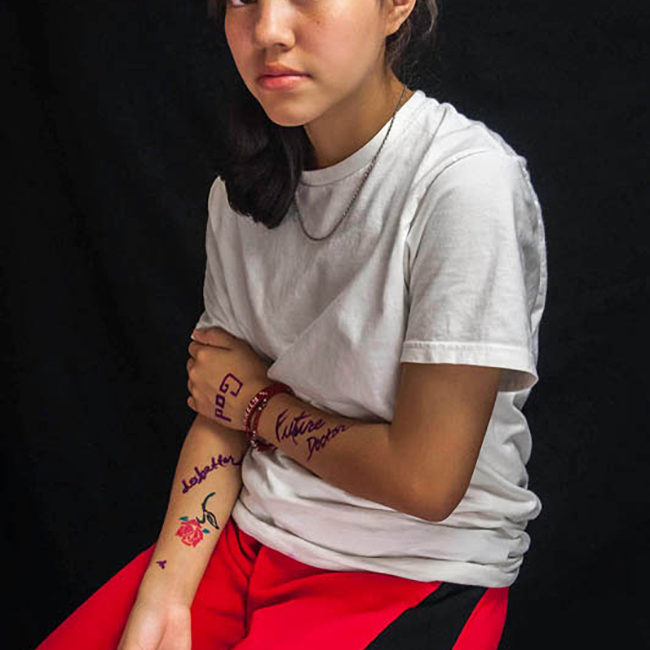
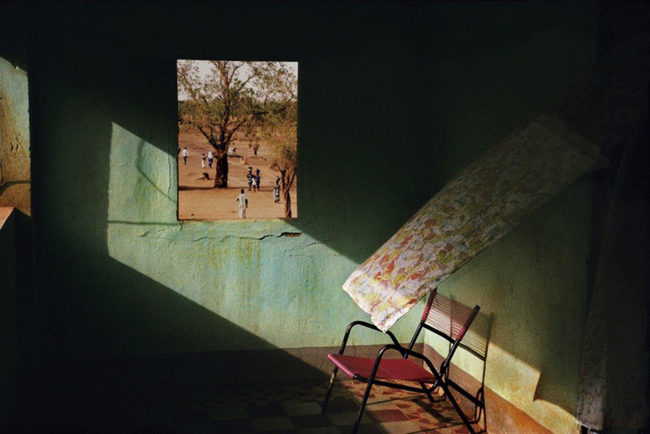



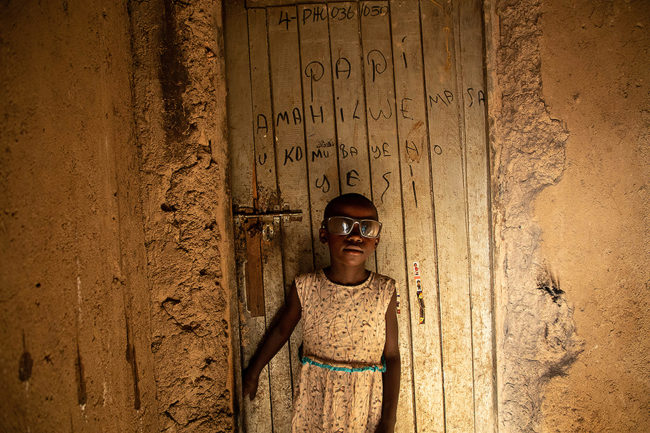


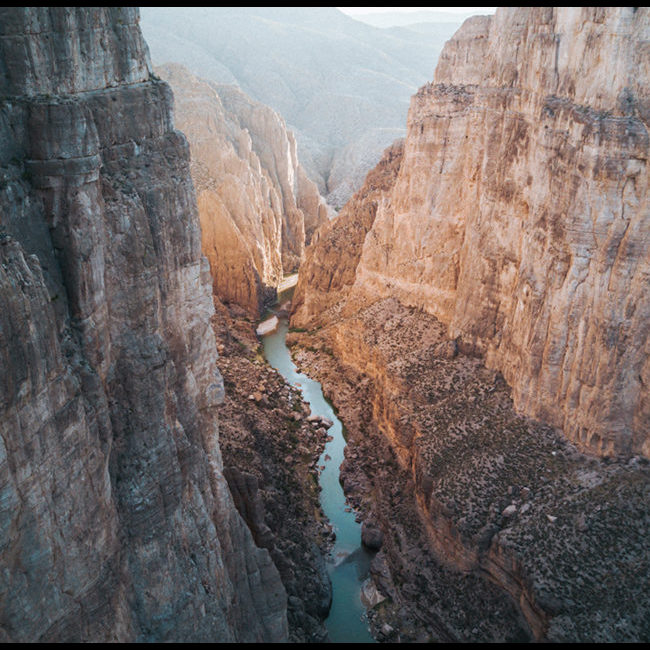
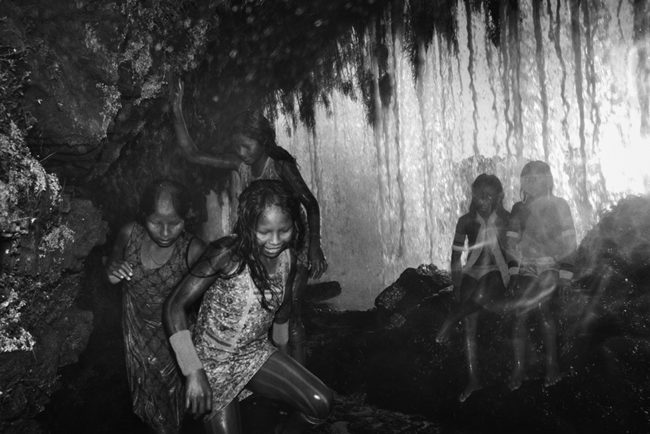
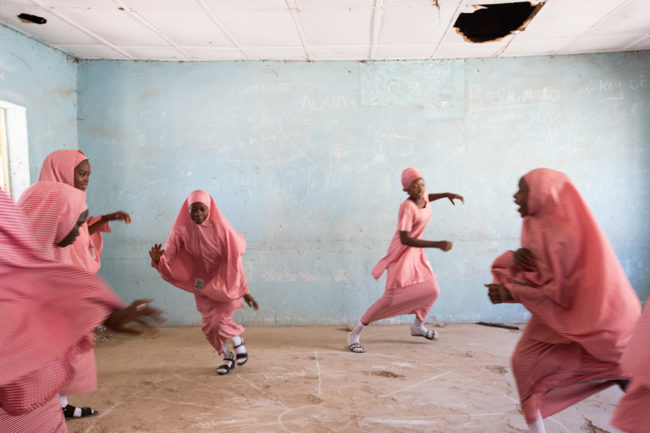
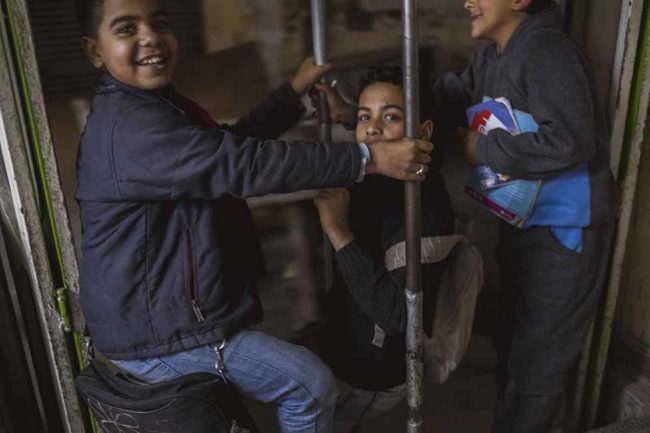
They say that a true master is very modest. I think here is one.
Beautiful work, thoughtful messages. Thanks!!